By condensing the many complicated numbers behind a business into seven simple, key numbers, we aim is to make business simple for small business owners so that they can understand their numbers and learn how to make those financial numbers better.
The first number is revenue growth. By comparing revenue/turnover/sales this year with that achieved in the previous year we are measuring the level of growth that we want to achieve. Most businesses do want to grow, so we’re measuring this key number to make sure that the business is going in the right direction. Revenue is a really good indicator of a growing business and although it is not of course the be all and end all it’s a key indicator that all businesses should be measuring.
The next number is gross profit percentage. What we’re looking at here is making sure that the business is returning a good amount of profit from its main activities. This key profit margin indicator is calculated after deducting the direct costs that a business will incur in order to achieve its sales and will include the costs that it incurs to deliver the services or goods that the business provides.
The third number is EBITDA percentage. EBITDA stands for earnings before interest, tax, depreciation, and amortization and the reason these costs are added back to profit is to allow a better comparison between businesses. We strip out those costs and then look at the earnings, or the adjusted profit in line with revenue, and again make sure that the percentage is in line with where the business needs it to be. This key number also allows us to look more closely at overhead costs rather than just at cost of sales, which is covered in gross profit percentage.
Revenue per employee is a great number, because it doesn’t just look at the one fraction of the business, it looks at lots of different things. It’s looking at not just sales income but importantly at the employee costs of producing that turnover. By measuring this you are considering employee capacity and productivity and comparing how employees are using the systems put in place to help grow the business. You will want to consider whether your team have sufficient training, use the right or best tools? It’s the key number that looks at many different areas of the business, and it’s not just in isolation. So, it’s a really joined up approach to running the business from that one number, and it looks at culture as well across the whole board.
The fifth number is core cash target. This looks at the amount of cash that ideally the business will keep on hand before starting new projects or paying shareholders more dividends etc. It looks at the total taxes due and adds an element of overheads as a buffer. So it’s an amount, or core cash target that the business should have in reserve ideally. And any cash over and above that is surplus and can be used in the future for new projects, for additional payments to the business owners, or for recruiting new team members.
Cash days is the sixth number, this is also known as working capital days. We’re looking at four different numbers here;
Accounts receivable days – how long it takes for your customers to pay.
Accounts payable days – how long it takes for you to pay your suppliers.
Inventory days – how long it takes for your inventory, your stock to be turned into cash.
Work in progress days – how quickly your work in progress is turned into cash.
·
So, it’s those four numbers put into one, called cash days. And that gives you a snapshot of how long it takes for the money to go through your business. And again, it’s an indicator of those four different areas. So, it’s a bit like revenue per employee, it looks like at a multitude of different areas within your business to make sure that you’re doing the right things in different areas, and you can tweak at least four different areas there to make those numbers improve for your business.
And the final number is business return. What we’re doing here is looking at what your business is worth to you based on its current level of profitability. It asks the key question; is the business producing a good enough return, or should you just stick your money that you invested into your business into the bank? At Afresh we always start with understanding your why and this measure helps you see if all of your hard work and effort that you put into running your business is producing the level of financial return and/or lifestyle that is your why and your goal.
From our experience, these seven key numbers are essential for any business; they cover the profit and loss report, the balance sheet, the cashflow statement and productivity.
These seven key numbers cover all of the financial aspects of business and give you key insights into how to run your business, how your business is running, and also how to improve your business. And if you use that in conjunction with the projection of future numbers that Afresh can provide for you then you can then start to put some plans together and target some goals to help you get the better business that you want.



